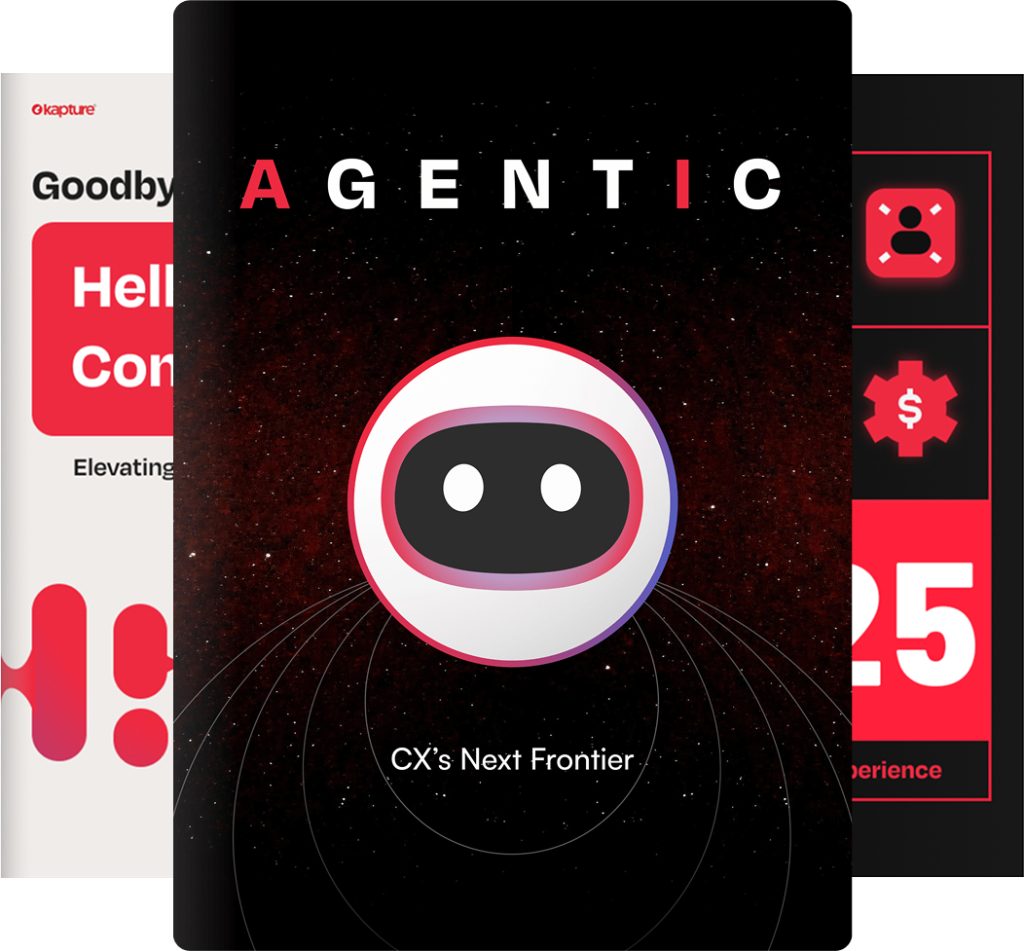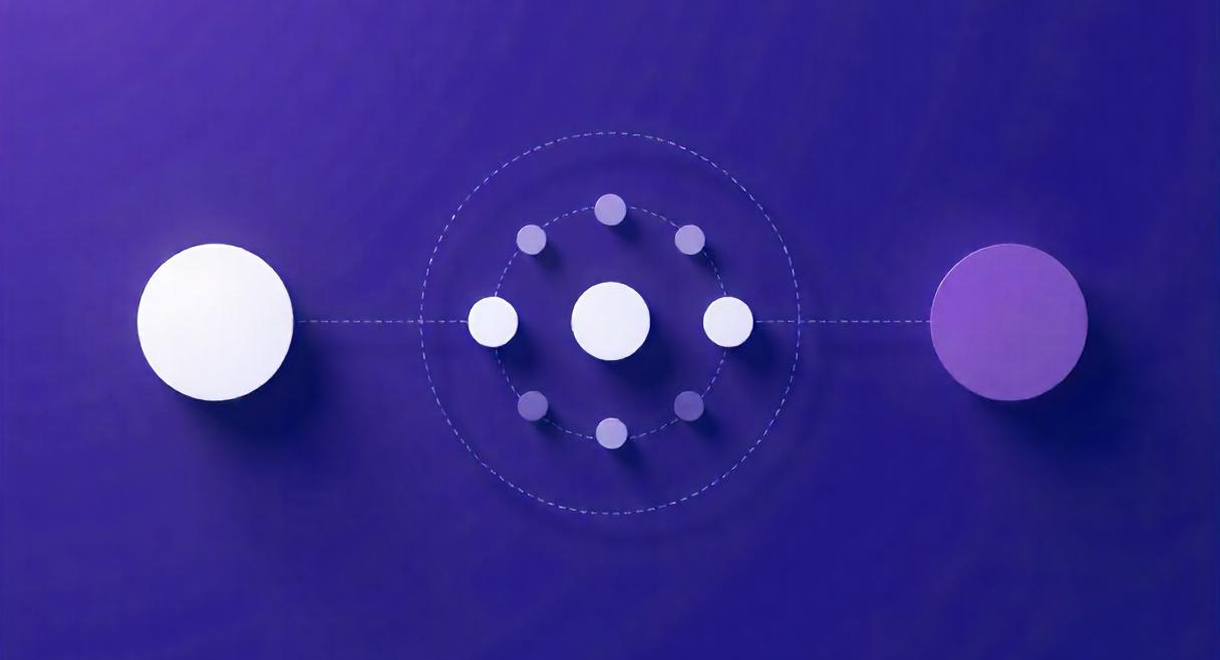Explore all Blogs
Categories
Resources
Kapture
Knowledge Hub
Discover a curated library of eBooks, white papers, infographics, videos, and more, showcasing the latest CX trends, cutting-edge Kapture tech advancements, and actionable insights to transform your customer journeys.













